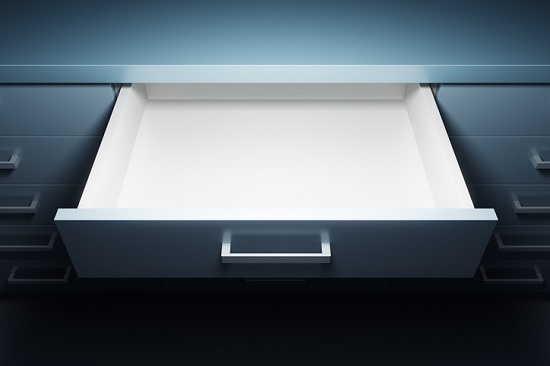
As hearing providers, there’s one particular style of hearing aid that we all worry about. It’s detrimental for the patient, and it can prevent others from even making an effort to give hearing aids a try.
They’re called “in-the-drawer” hearing aids. In comparison to behind-the-ear or in-the-canal hearing aids, in-the-drawer hearing aids never see the light of day, discouraging the patient and anyone the patient tells about their unfavorable experience.
For the millions of people that have purchased hearing aids, a good quantity will call it quits on the prospect of better hearing for one reason or another. But with today’s advanced technology, we know that this should not be the case.
But hearing aids are tricky. There are numerous things that can go wrong, creating a bad experience and causing people to stop trying. But there are ways to protect against this, actions you can take to assure that, with a little patience, you get the best results.
If you’ve had a negative experience in the past, know someone who has, or are thinking about giving hearing aids a chance, you’ll want to keep reading. By appreciating the reasons some people give up on hearing aids, you can prevent the same mistakes.
Below are the main reasons people give up on hearing aids.
1. Selecting the wrong hearing aid or device
Let’s begin with the fact that everyone’s hearing is distinct. Your hearing loss, just like your fingerprint, is also unique to you. In addition, most individuals with hearing loss have more difficulty hearing higher-pitched sounds, like speech, as compared to other sounds.
So, if you decide on a device that amplifies all sound uniformly, like most personal sound amplifiers, sound quality will suffer, and you’ll still most likely be drowning out speech. You’ll need a hearing aid that is programmed to amplify the precise sounds and frequencies you have trouble with, while suppressing background noise simultaneously.
Only programmable digital hearing aids have this capacity.
2. Faulty hearing aid programming or fitting
Since hearing loss is unique, the hearing aid must be custom-programmed for you specifically. If the configurations are inappropriate, or your hearing has changed over time, your hearing professional may have to modify the settings.
Far too frequently, people give up too soon, when all they require is some adjustment to the amplification settings. Additionally, if your hearing changes, you might need the settings updated. Think about it like prescription glasses; when your vision changes, you update the prescription.
Also, most hearing aids are custom-formed to the curves of the ear. If you find the fit uncomfortable, it may either just take some time to get used to or you may need a new mold. In either case, this shouldn’t stop you from attaining better hearing.
3. Not giving hearing aids an opportunity to work
There are two problems here: 1) managing expectations, and 2) giving up too early.
If you think that hearing aids will immediately return your hearing to normal, you’re setting yourself up for discouragement. Hearing aids will improve your hearing substantially, but it requires some time to get used to.
In the beginning, your hearing aids might be uncomfortable and loud. This is typical; you’ll be hearing sounds you haven’t heard in many years, and the amplification will sound “off.” Your brain will adapt, but not right away. Plan on giving your hearing aids about 6-8 weeks before your brain properly adjusts to the sound.
Your persistence will be worth it—for patients who allow themselves time to adjust, satisfaction rates escalate to over 70 percent.
4. Difficulty hearing in noisy surroundings
People with brand new hearing aids can come to be very easily overwhelmed in busy, noisy situations with a lot of sound. This can occur for a few reasons.
First, if you right away start using your new hearing aid in noisy settings—before giving yourself an opportunity to adapt to them at home—the sound can be overwhelming. Try to adjust in tranquil environments before testing at a loud restaurant, for instance.
Second, you’ll have to adjust to the loud environments too, just like you did at home. It’s typical to have one bad experience and give up, but remember, your brain will adapt after some time.
And finally, you might just need to upgrade your hearing aids. Newer models are becoming increasingly better at filtering out background noise and boosting speech. You’ll want to reap the benefits of the new technology as the pace of change is fast.
It’s true that hearing aids are not for everyone, but the next time you hear a story about how hearing aids don’t work, you should begin asking yourself if any of the above is applicable.
The fact that hearing aids didn’t work out for somebody else doesn’t necessarily mean they won’t work out for you, especially if you work with a reputable hearing care professional. And if you’ve had a bad experience in the past yourself, maybe a fresh start, better technology, and professional care will make all the difference.
